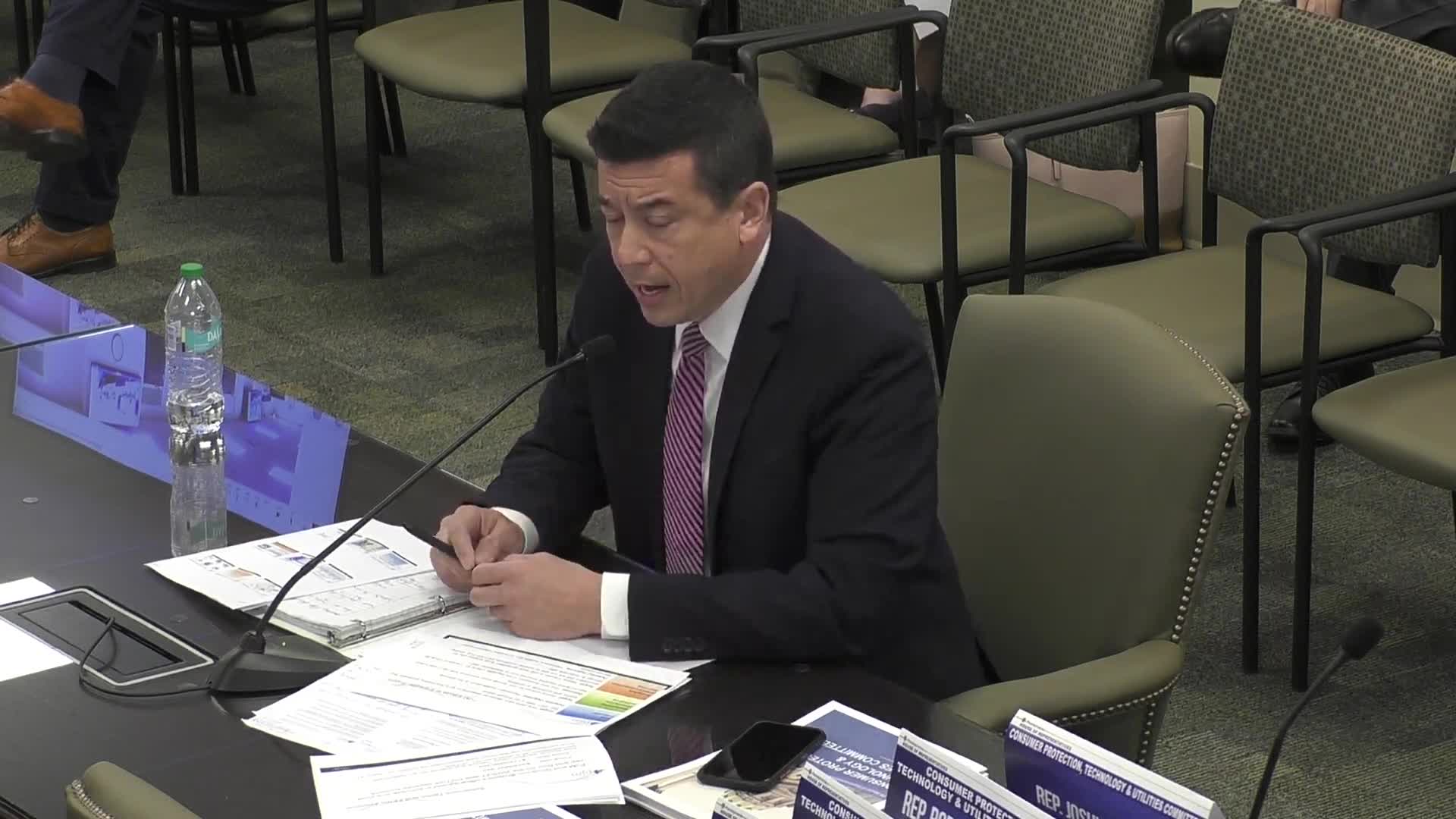
This article was created by AI using a video recording of the meeting. It summarizes the key points discussed, but for full details and context, please refer to the video of the full meeting. Link to Full Meeting
At the heart of the discussion was a report highlighting the selection of 51 energy projects, including nuclear, natural gas, and battery resources, expected to come online by 2030. These projects are projected to contribute approximately 10 gigawatts of much-needed capacity to Pennsylvania's energy system. The committee learned that Pennsylvania secured seven awards last week, totaling around 1,200 megawatts, with significant upgrades planned in areas like Lackawanna County and Bradford.
Director Stanek emphasized the importance of these developments, urging lawmakers to avoid policies that could prematurely phase out existing generation resources before adequate replacements are in place. He stressed that the responsibility for resource adequacy lies with the states, not the federal government, and called for expedited processes for siting and permitting energy infrastructure. "Nobody wants a power plant in their backyard," he acknowledged, yet he underscored the necessity of such facilities to maintain Pennsylvania's status as an energy powerhouse.
The conversation also touched on the challenges of balancing consumer costs with the need for reliable energy. Stanek warned that legislative decisions could lead to increased costs for consumers, particularly if they exacerbate supply-demand issues across the grid. He reassured the committee that 90% of the new projects should be operational by 2030, with the remaining 10% following in 2031, providing hope for alleviating immediate electricity shortages.
As the meeting progressed, questions arose regarding the reliability of different energy sources. Stanek clarified that while PJM remains neutral regarding fuel types, not all resources perform equally during peak demand. The committee grappled with the implications of recent project denials for new natural gas requests, raising concerns about the state's ability to meet its energy needs.
In conclusion, the meeting underscored a critical juncture for Pennsylvania's energy policy. With a clear call to action for lawmakers, the discussions highlighted the delicate balance between fostering new energy developments and ensuring reliability and affordability for consumers. As the state moves forward, the decisions made in these meetings will undoubtedly resonate throughout Pennsylvania's energy landscape for years to come.
Converted from Consumer Protection, Technology & Utilities Committee -- May 12, 2025 meeting on May 09, 2025
Link to Full Meeting
Comments
View full meeting
This article is based on a recent meeting—watch the full video and explore the complete transcript for deeper insights into the discussion.
View full meeting